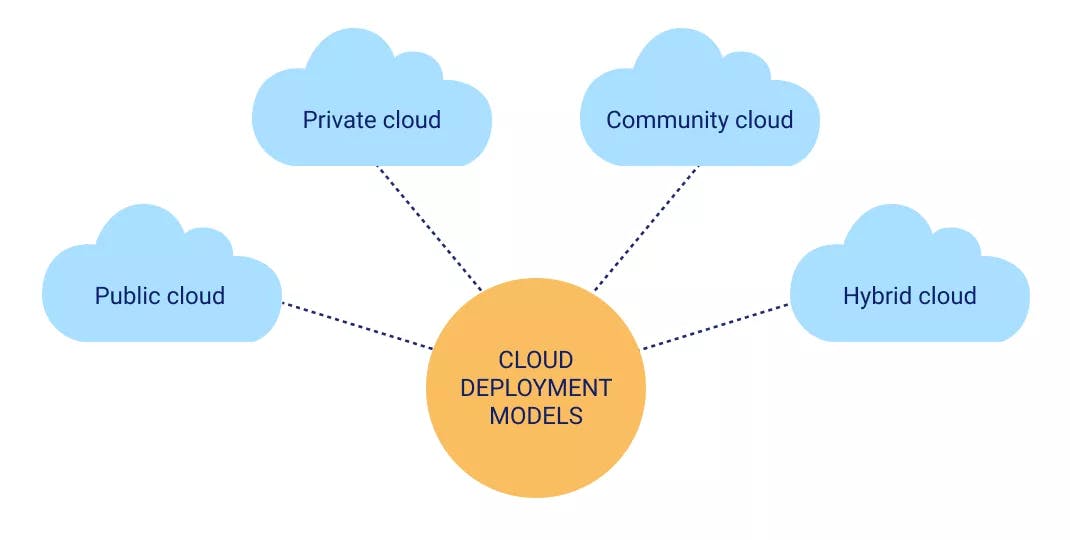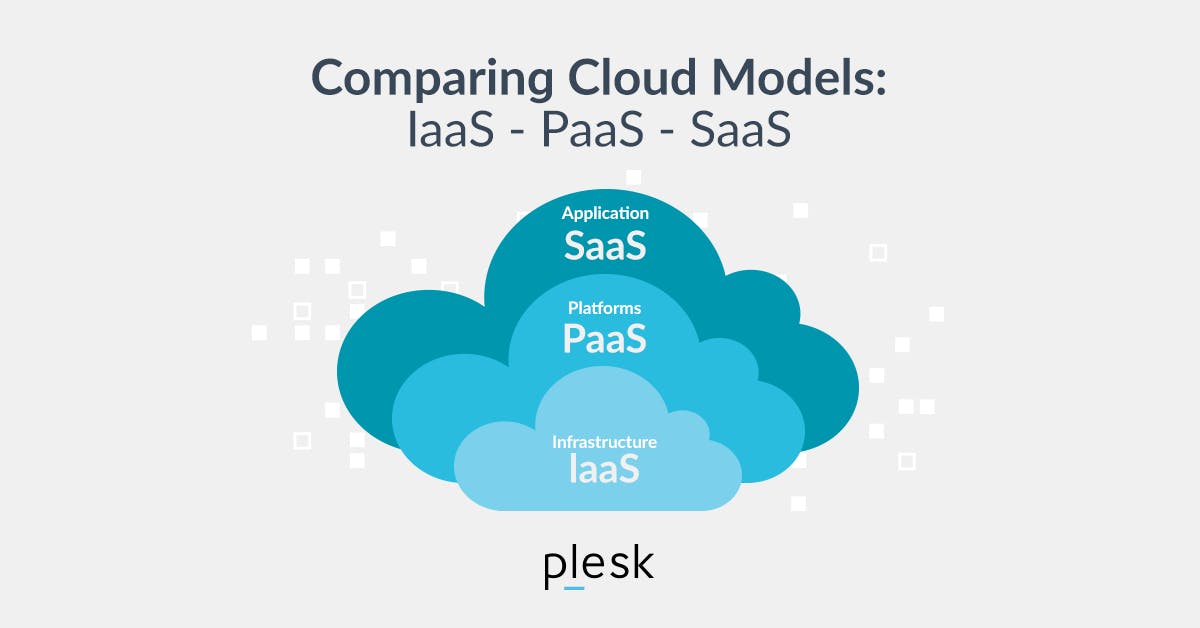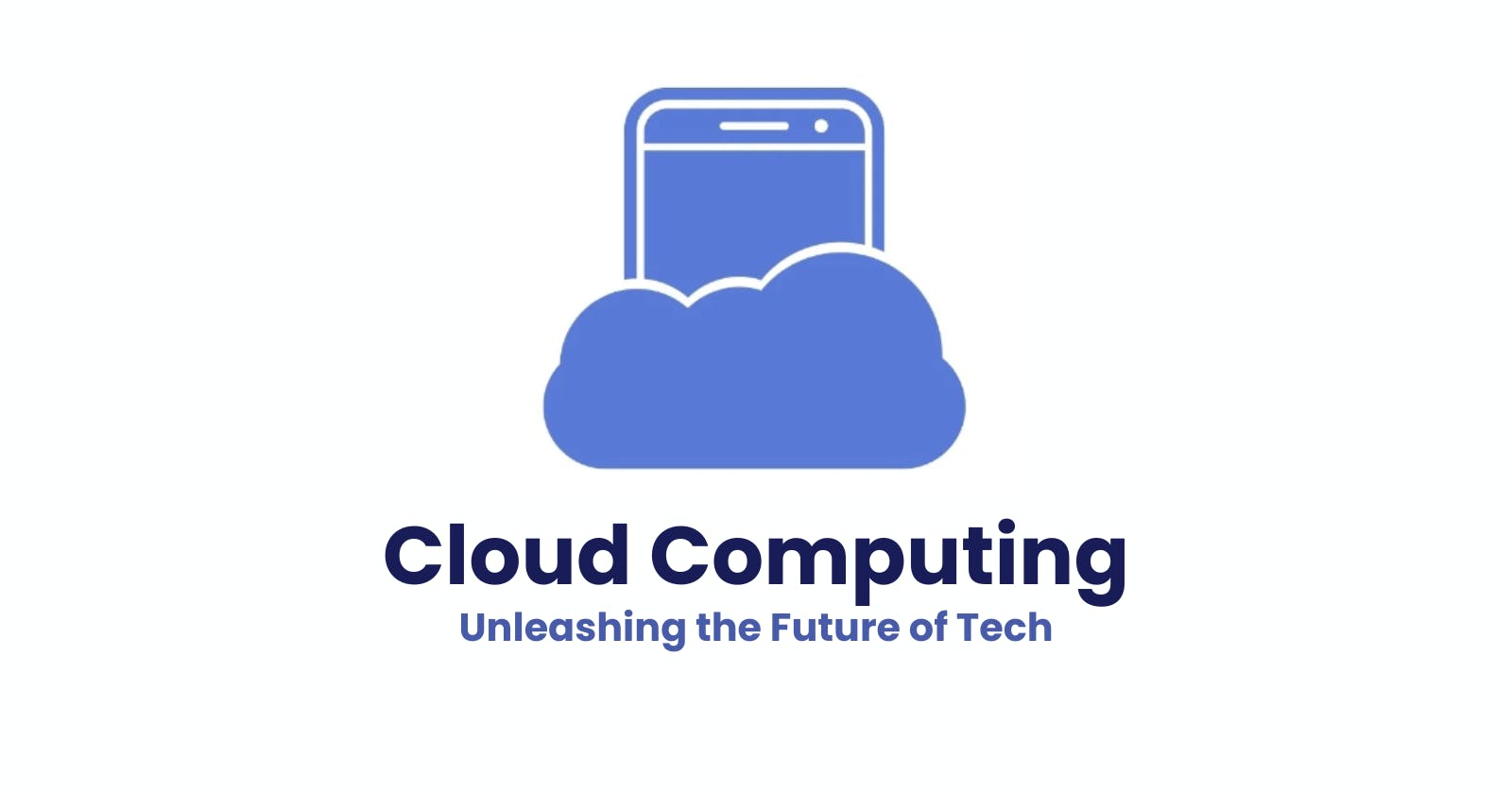Hello everyone! 👋,
Welcome to this blog post where we're taking a friendly stroll into the world of cloud computing—an absolute game-changer that's making tech more accessible than ever. Let's kick things off with a cool fact:
Did you know that by the end of 2020, more than 90% of businesses worldwide had jumped onto the cloud bandwagon? The rapid rise of cloud computing has revolutionized the way organizations of all sizes handle their IT needs. In this blog post, we'll delve into the dynamic world of cloud computing, demystify its inner workings, and explore how it's reshaping the landscape of modern technology.
The "Old School" Way
In the not-so-distant past, traditional computing reigned supreme. It was a bit like having your digital fortress—a place where you hosted everything, from your treasured apps to your vital data. Think of it as your tech sanctuary, complete with wires, servers, and all sorts of gadgets.
Sure, it had its charm, but it was akin to owning a vintage car—a timeless classic that demanded constant attention and maintenance. Some folks still hold dear to this old-school vibe, but others are soaring headfirst into the exhilarating world of the cloud. You can read more about it here.
What's Cloud Computing All About?
Cloud computing is like a genie for your tech dreams. Instead of relying solely on the powers of your computer, you get to summon computing services like servers, storage, and software from the vast expanse of the internet. It's like borrowing your neighbour's supercharged lawnmower whenever your digital lawn needs mowing

Some prominent names In the world of cloud computing:
Google Cloud
Amazon Web Services (AWS)
Microsoft Azure
IBM Cloud
Civo
Oracle Cloud
Digital Ocean ...and plenty more.
Real-Life Cloud Action
To truly grasp the wonder of the cloud, let's dive into some real-life adventures:
Netflix: This global streaming giant relies on Amazon Web Services (AWS) to deliver its vast library of movies and TV shows to millions of users worldwide, ensuring seamless scalability based on user demand.
Gmail: Google's widely-used email service operates in the cloud, enabling users to access their emails and attachments from any internet-connected device.
Slack: The team collaboration and messaging platform, Slack, uses cloud computing for real-time communication and efficient file sharing among teams and organizations.
Uber: This ride-sharing service is powered by cloud-based systems for everything from the app to driver matching and ride tracking.
Cloud Computing's Benefits
a) Saving Cash: With cloud computing, you don't need to spend big bucks upfront on hardware. You pay for what you use, making it easier for businesses to budget for IT as operational expenses.
b) Flexibility: Cloud computing offers the ability to scale resources up or down based on demand, enabling businesses to handle fluctuations in workloads efficiently.
c) Security and Backup: Cloud providers take data security seriously, employing robust techniques to safeguard information and offering backup and recovery solutions for peace of mind.
d) Automatic Updates: Cloud providers handle software updates and maintenance, ensuring access to the latest features and security updates.
e) Teamwork and Sharing: Cloud computing facilitates real-time collaboration, making teamwork a breeze even among geographically dispersed teams.
Deployment Models in Cloud Computing Environment
Cloud computing comes in a spectrum of deployment models, each tailored to specific organizational needs:

a) Public Cloud: It's like the public park of clouds. Managed by third-party providers and accessible to the general public over the internet, public clouds, like those offered by Amazon, Google, and Microsoft, offer scalability and ease of use.
b) Private Cloud: Think of it as a members-only club. Operated by organizations for their own use, private clouds provide greater control and security while requiring more significant investments in infrastructure.
c) Hybrid Cloud: This is like a tech buffet, combining public and private clouds. Combining public and private cloud resources, hybrid clouds are ideal for organizations looking to balance cost-effectiveness with security.
d) Community Cloud: Picture this as a special club for specific groups. Shared by groups of organizations with similar needs, community clouds serve industries or sectors with common security, compliance, and performance concerns.
Service Models in Cloud Computing Environment
Cloud services come in various models designed to suit different needs:

a) Infrastructure as a Service (IaaS): It's like renting tech equipment. Offering virtualized computing resources over the internet, IaaS providers like Amazon Web Services and Google Cloud deliver servers, storage, and networking components.
b) Platform as a Service (PaaS): This is like renting a kitchen instead of buying all the pots and pans. Building on IaaS, PaaS provides a complete development platform, allowing developers to focus on application logic without worrying about the underlying infrastructure.
c) Software as a Service (SaaS): Think of it as borrowing software. SaaS delivers software applications over the internet on a subscription basis, providing cloud-based tools for various purposes, such as productivity and collaboration, like Google Workspace and Microsoft 365.
Cloud Future Ahead
The future of cloud computing is set to be truly transformative and dynamic. As technology continues to evolve, cloud computing will increasingly power a wide range of applications and services. We can confidently expect seamless integration of artificial intelligence and machine learning to enable more intelligent automation and data-driven insights. Scalability and elasticity will continue to be core attributes, allowing businesses to adapt quickly to changing demands. Edge computing will grow even further, facilitating real-time processing and analytics that are closer to data sources.
Security and privacy will remain paramount, with ongoing advancements in cloud security measures and compliance solutions. Sustainability will also be a driving force as cloud providers prioritize eco-friendly practices and data center efficiency. Overall, the future of cloud computing promises continued innovation, improved efficiency, and enhanced capabilities for businesses and individuals alike.
Conclusion
If you enjoyed this post and found it useful, don't forget to give it a thumbs-up and share it with your pals. 🤝
Connect with me on Twitter | LinkedIn | GitHub.
Thanks a ton for reading! 😊
